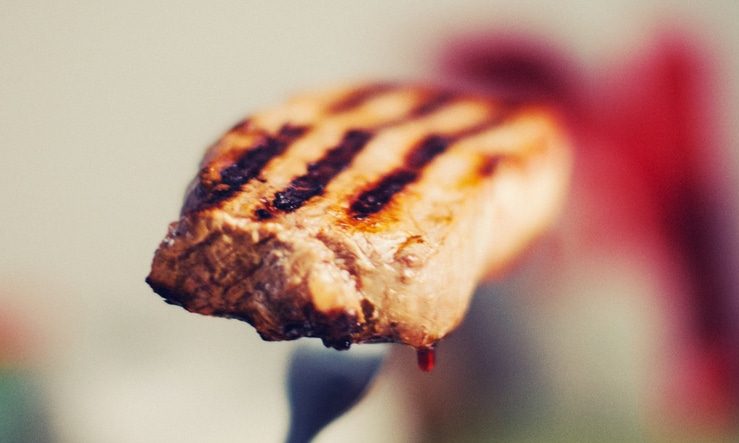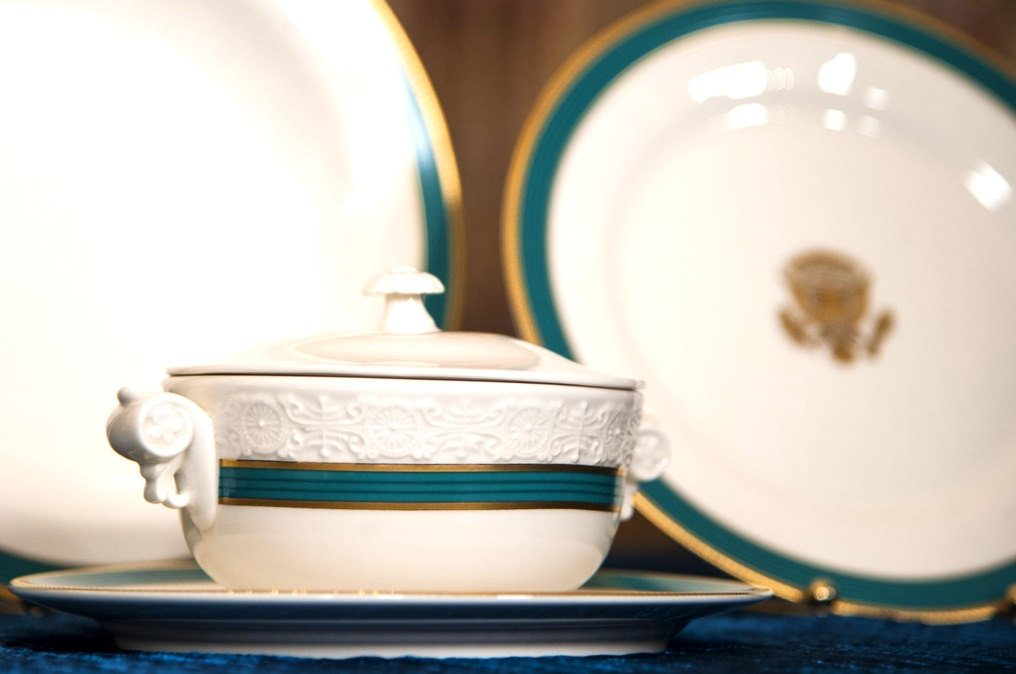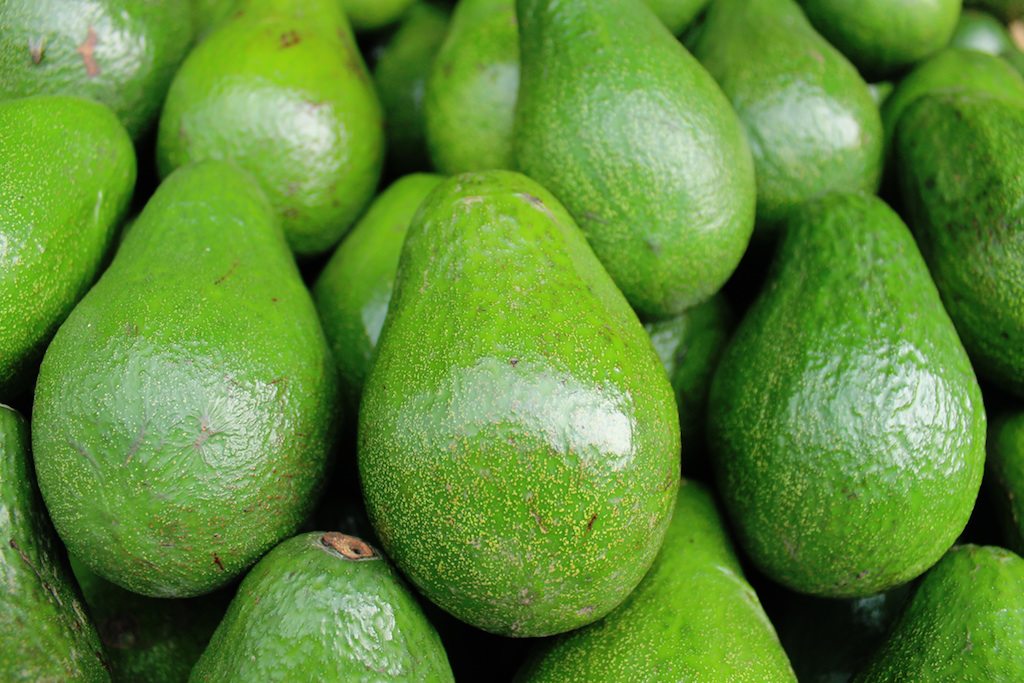A major American food company is planning a new, frozen sandwich product, the bread of which will sport fake grill marks, according to a person with knowledge of the matter who asked to remain anonymous and that neither the company nor the particular product be identified. “Gross,” this person concluded.
When it hits the stores in the coming months, the product will join a long line of foodstuffs that have been gussied up to look like they’ve been cooked by traditional means, as opposed to being radically processed.
The most famous is probably the McRib sandwich, McDonald’s perennial attempt to alarm and dismay American diners, and to provide fodder to hacky comedians (and, sure, hacky food-business reporters). The McRib was designed to look not only as if it had been grilled, but also to look as if it were ribs. Actually, it’s just “restructured,” low-grade pig meat, processed and seasoned into arguable palatability and molded into a shape sort of resembling ribs. This fools people about as effectively as those goofy flame decals fool people into thinking the cars bearing them are speeding down the highway do.

The grill mark machine in action. Screen shot from Heat and Control video, below
Food fakery is everywhere. What might be somewhat surprising is that it continues despite the food industry’s fevered attempts to appeal to millennials, with their supposed preference for “authenticity” and revulsion for both processed foods and the giant corporations that make them.
Of course, although the food industry is, to some degree, pivoting toward less processed products, that doesn’t mean such products are going away any time soon. Even just pressing phony grill marks into food is almost an industry of its own. “Char-marking is a big business,” Fast Company reported 10 years ago in an article describing how big poultry processors like Tyson and Pilgrim’s Pride create the appearance of grilled chicken for most of the major fast-food chains. Those companies and others run hundreds of huge production lines that, besides processing chicken beyond all recognition, incorporate large machines that add the grill marks. An executive for one of the companies that make those machines told Fast Company matter-of-factly that they create “the appearance that the product may have been cooked on a backyard grill.”
Sadly, the chicken sandwiches from Burger King, KFC, and Subway don’t come anywhere near tasting like they’d been cooked on a backyard grill. How could they, when the processing involves submerging chicken parts in something called a “tumble marinator,” where all kinds of non-chicken ingredients are added for preservation and flavor enhancement, and then baked with jets of hot air before having fake grill marks emblazoned onto them?
The equipment used for char-marking seems like it could be easily repurposed to produce drywall or ball bearings. The Stein CM II, made by JBT FoodTech, is an imposing piece of business, a hulking Industrial Age behemoth that the company promises works for “a variety of protein substrates.” (In other words, meats.)
A California company, Heat and Control, makes a product called the Rotary Brander that, among other features, allows operators to adjust the “branding color.” In 2011, BakingBusiness.com reported that the company had rejiggered the Rotary Brander to work on tortillas as well as on meats and vegetables. A company executive boasted at the time that its offering would “help processors expand their product offerings beyond traditional tortillas and tap into new markets.” Heat and Control’s product line, he added, helps to “give products distinctive and appetizing surface finishes.”
Appetizing, indeed.










